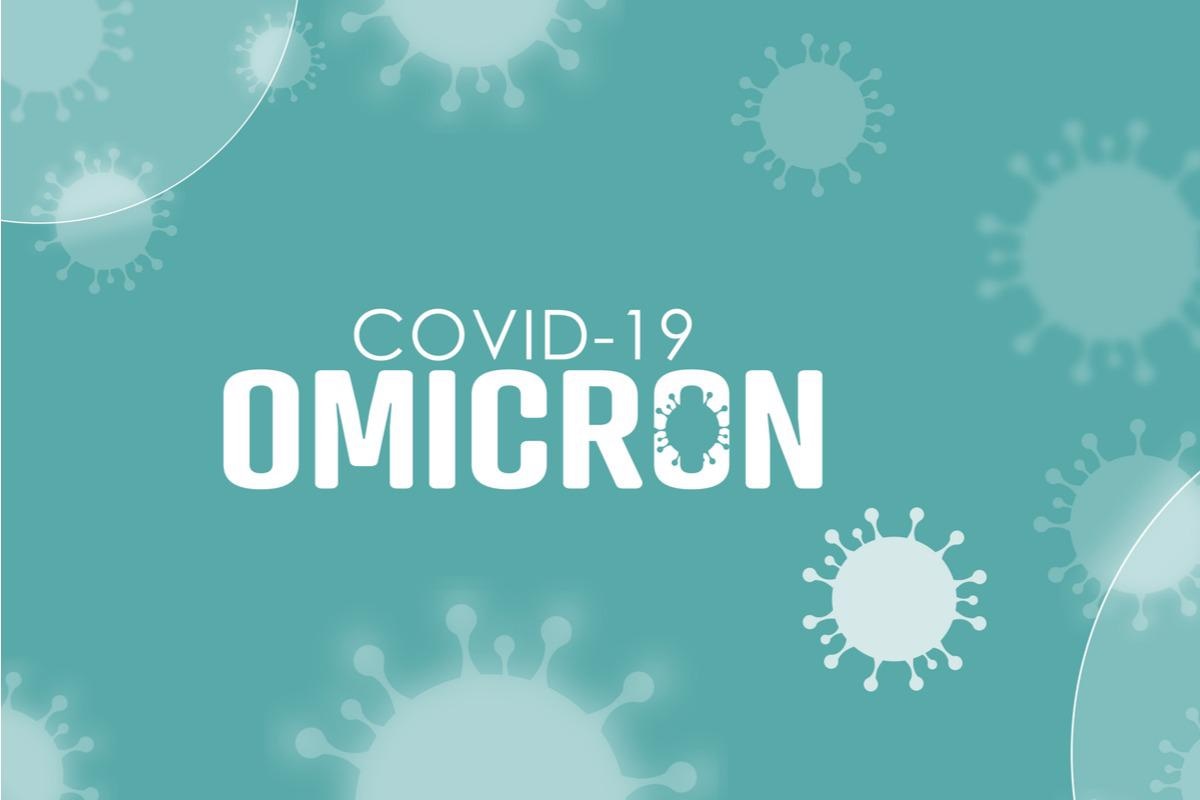In a recent preprint study posted to the medRxiv* server, a team of researchers simulated the emergence of Omicron, a novel severe acute respiratory syndrome coronavirus 2 (SARS-CoV-2) variant of concern (VOC), in a general European setting using an individual-based transmission model.
 Study: Assessing impact of Omicron on SARS-CoV-2 dynamics and public health burden. Image Credit: NStafeeva/Shutterstock
Study: Assessing impact of Omicron on SARS-CoV-2 dynamics and public health burden. Image Credit: NStafeeva/Shutterstock

 This news article was a review of a preliminary scientific report that had not undergone peer-review at the time of publication. Since its initial publication, the scientific report has now been peer reviewed and accepted for publication in a Scientific Journal. Links to the preliminary and peer-reviewed reports are available in the Sources section at the bottom of this article. View Sources
This news article was a review of a preliminary scientific report that had not undergone peer-review at the time of publication. Since its initial publication, the scientific report has now been peer reviewed and accepted for publication in a Scientific Journal. Links to the preliminary and peer-reviewed reports are available in the Sources section at the bottom of this article. View Sources
Soon after its emergence, Omicron coronavirus disease 2019 (COVID-19) cases occurred in 24 countries, with infections also occurring in previously infected and double vaccinated individuals. In such a scenario, it is imperative to determine the potential for Omicron to become the new dominant VOC relative to the Delta variant.
The study
Several mathematical models have been used to represent SARS-CoV-2 transmission dynamics. The authors of this study developed OpenCOVID, an individual-based model of SARS-CoV-2 transmission, which included seasonality patterns, waning immunity profiles, vaccination, and NPI strategies, and other properties for multiple variants. Using this model, they simulated the interplay of Omicron's potential combinations of infectivity, severity, and immune evasion properties to understand the potential scope of Omicron’s public health burden - i.e., new SARS-CoV-2 infections, ICU occupancy, and coronavirus disease 2019 (COVID-19) related deaths - in a vaccinated population.
They applied this model to represent general European settings because, despite high vaccination rates, these regions are again under SARS-CoV-2 transmission threat for several reasons:
- indoor contact is increasing due to the winter season,
- the immunity of the most vulnerable population is waning, and
- the fatigue of COVID-19 restrictions has led to increased contacts.
Results
The researchers identified infectivity as the main driver, followed by immune evasion, with negligible effect from increasing severity, behind Omicron’s potential dominance, over the Delta variant. In one of the simulated scenarios where Omicron would have attained a higher immune evasion capacity of 50%, the infectivity of 1.5, and severity relative to Delta, it became dominant within two months, highly impacting the public health burden.
Nevertheless, there exists a range of infectivity and immune evasion properties for which Omicron will become dominant within two to three months, resulting in a high to very high impact on the public health burden.
Even when Omicron attains infectivity and severity similar to Delta, the results show that it would not lead to high peak ICU occupancy under the assumption of expanded vaccination which includes third vaccine doses for adults six months after the second dose and vaccinating 5-11-year-olds.
The benefits of expanded vaccination would be apparent in scenarios where Delta remains dominant. However, when Omicron becomes dominant, expanded vaccination would work when Omicron's potential immune evasion would be low.
The simulations also predicted that expanded vaccination would be insufficient to prevent high peak ICU occupancy when Omicron's potential immune-evading property would be >75%. In such a situation, additional measures such as physical distancing, new treatments, and next-generation vaccines will prove beneficial. In the absence of these measures, Omicron’s potential severity will have negligible influence on new infections; however, it would heavily influence future mortality.
Conclusions
The study findings provide crucial quantitative guidance to decision-makers at a critical time so that they can make required adjustments and respond to the impact of Omicron’s future potential dominance on public health.
To prepare for future scenarios, when new VOCs emerge and become predominant, the authors propose improvising vaccines against SARS-CoV-2 to increase their effectiveness against current or future viral mutations. In addition, continuous improvements in tests and assays could elucidate immune evasion properties of new VOCs to understand the risk for increased infectivity and/or severity.
The authors also emphasize the importance of expanding vaccination with booster doses and address issues such as the global inequity of vaccine access resulting in low vaccination rates in some countries amid the emergence of new VOCs. They also advocate for continued genomic and population epidemiological surveillance of Omicron and other VOCs that may arise in the future.
As more information on Omicron or other future SARS-CoV-2 VOCs become available, these analyses could help interpret the potential dominance and resulting public health burden of those VOCs.

 This news article was a review of a preliminary scientific report that had not undergone peer-review at the time of publication. Since its initial publication, the scientific report has now been peer reviewed and accepted for publication in a Scientific Journal. Links to the preliminary and peer-reviewed reports are available in the Sources section at the bottom of this article. View Sources
This news article was a review of a preliminary scientific report that had not undergone peer-review at the time of publication. Since its initial publication, the scientific report has now been peer reviewed and accepted for publication in a Scientific Journal. Links to the preliminary and peer-reviewed reports are available in the Sources section at the bottom of this article. View Sources